Anyone who has shared their home with a feline companion has undoubtedly experienced the curious phenomenon of head bunting—that moment when a cat deliberately presses its forehead or cheeks against you, furniture, or even doorframes. Far from being a random gesture, this behavior is deeply rooted in feline communication and biochemistry. Recent studies have revealed that head rubbing serves as a sophisticated delivery system for pheromones, chemical messengers that convey everything from territorial claims to social bonds. Understanding this behavior requires diving into the world of feline olfactory communication, where scent marks function as an invisible bulletin board for cats.
The Science Behind the Rub
When a cat rubs its head against an object, it isn’t just seeking physical contact. Specialized scent glands located on the forehead, cheeks, and chin secrete pheromones—a cocktail of fatty acids and other compounds unique to each individual. These pheromones are detected by the vomeronasal organ (or Jacobson’s organ) in other cats, allowing for complex information exchange without a single meow. Unlike urine marking, which often signals stress or dominance, head bunting deposits "friendly" pheromones associated with familiarity and comfort. Researchers have identified F3 and F4 feline facial pheromones as key players in this process, with F3 linked to stress reduction and F4 functioning as a "social glue" among colony cats.
A Multifunctional Message
Head bunting serves multiple purposes in the feline world. In outdoor environments, cats may mark trees or rocks to establish a communal scent profile with their colony, creating a group identity that deters outsiders. At home, when your cat bumps its head against your knee, it’s essentially enrolling you in its "safe circle" by mingling scents. This behavior also has a temporal dimension—fresh marks indicate recent activity, while faded ones prompt remarking. Interestingly, cats often choose prominent objects at human eye level (like laptop screens or table edges) for marking, suggesting an intentional effort to integrate our scent into their environment rather than merely claiming territory.
The Human-Feline Chemical Dialogue
Our inability to detect these pheromones doesn’t diminish their significance in cross-species relationships. When cats rub against us, they’re creating a shared scent signature that reduces their stress and reinforces social bonds. Synthetic versions of feline facial pheromones (like Feliway) mimic these effects in clinical settings, helping anxious cats adapt to new environments. What’s particularly fascinating is how cats seem to adjust their marking behavior based on human responses—they may rub more frequently on individuals who reciprocate with affection, effectively engaging in a form of interspecies chemical negotiation.
When Head Bunting Signals More
While typically a benign behavior, changes in head-rubbing patterns can indicate health issues. Excessive rubbing might signal ear mites or neurological conditions, whereas sudden avoidance of contact could point to arthritis or facial pain. Veterinarians note that the force and location of rubbing matters—cats with dental disease often favor one cheek over another. Owners should also be aware that some cats may overmark when stressed by new pets or furniture, highlighting how this behavior straddles the line between physiological need and emotional expression.
The simple act of a cat pressing its head against us represents millions of years of evolutionary refinement in chemical communication. These scent-mediated interactions form the bedrock of feline social structures and human-cat relationships alike. As research continues to decode the precise molecular makeup of feline pheromones, we gain deeper insight into how our pets perceive their world—and how we might better coexist within it.

By /Jul 24, 2025
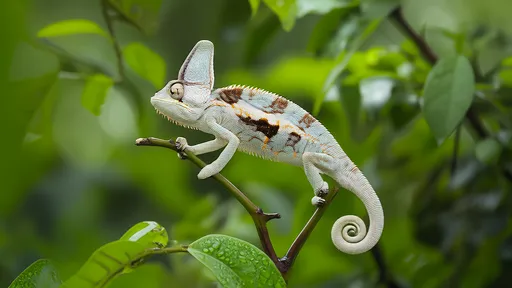
By /Jul 24, 2025
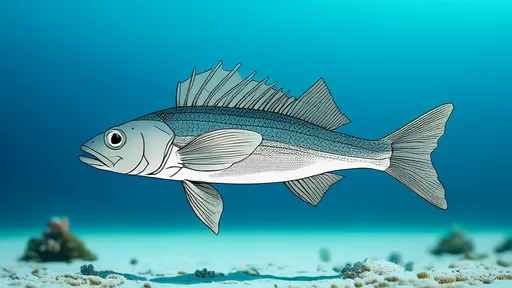
By /Jul 24, 2025
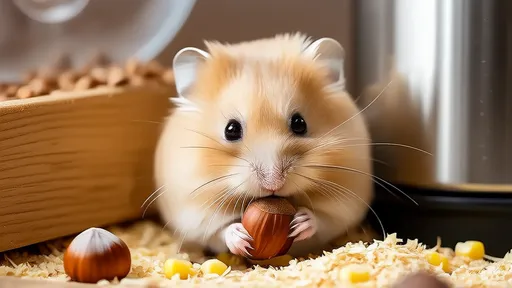
By /Jul 24, 2025
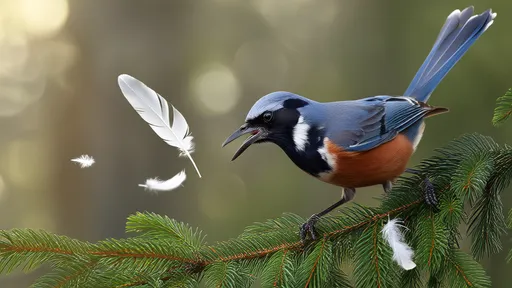
By /Jul 24, 2025
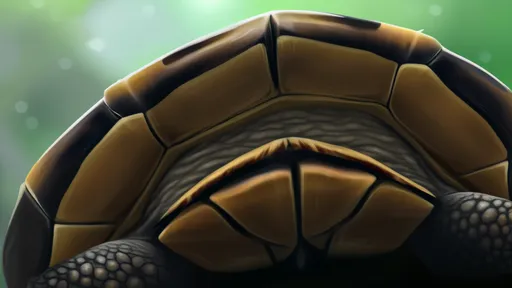
By /Jul 24, 2025
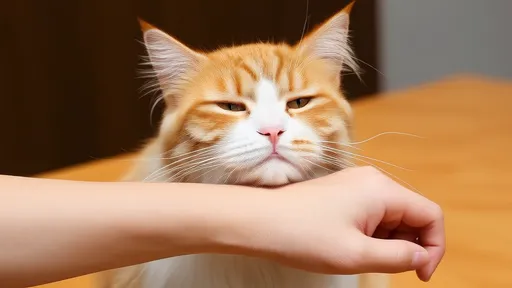
By /Jul 24, 2025
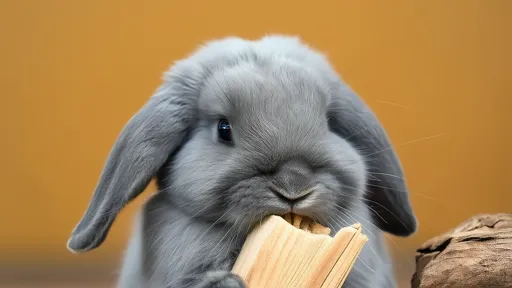
By /Jul 24, 2025

By /Jul 24, 2025
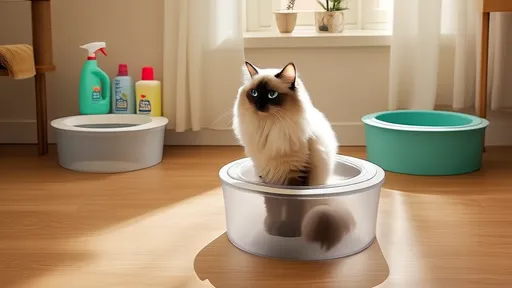
By /Jul 24, 2025
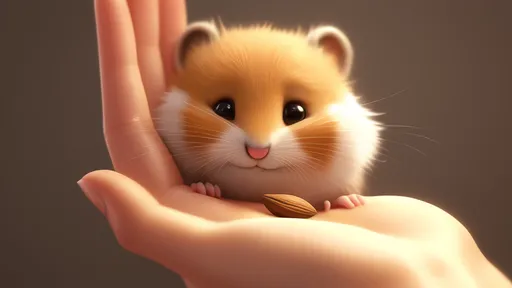
By /Jul 24, 2025

By /Jul 24, 2025

By /Jul 24, 2025
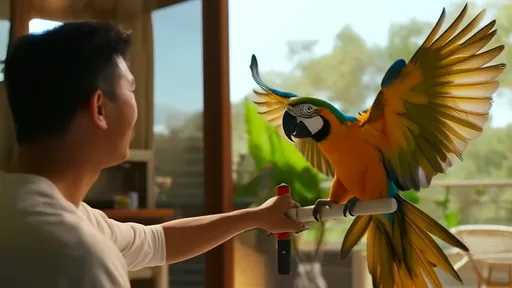
By /Jul 24, 2025
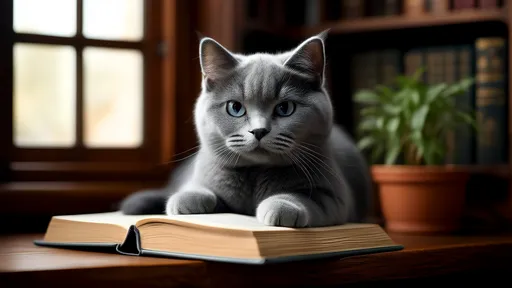
By /Jul 24, 2025
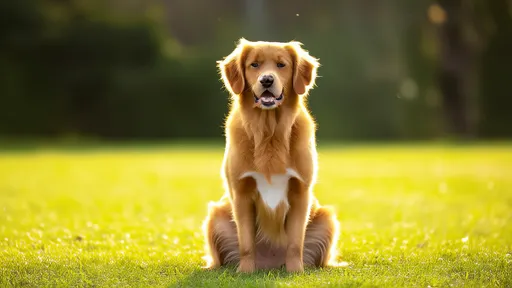
By /Jul 24, 2025

By /Jul 24, 2025

By /Jul 24, 2025